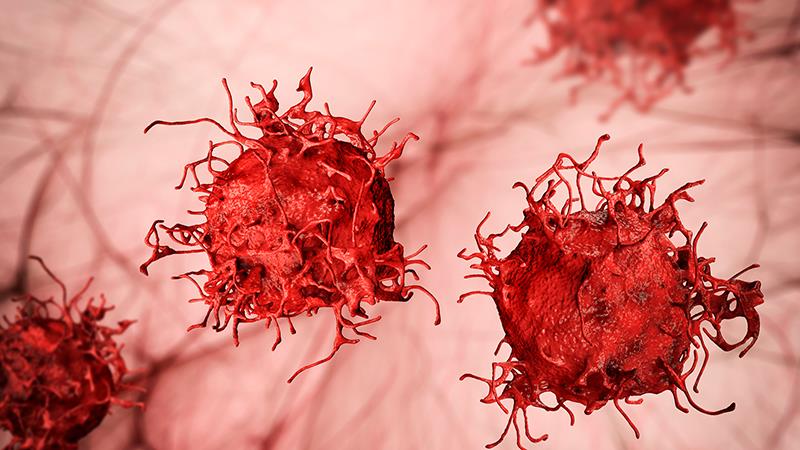Updated KEYNOTE-942: mRNA-4157 plus pembrolizumab sustains RFS, DMFS benefit in melanoma





Adjuvant treatment with mRNA-4157 and pembrolizumab led to sustained improvements in recurrence-free survival (RFS) and distant metastasis-free survival (DMFS) at approximately 3 years in individuals with resected high-risk melanoma as opposed to pembrolizumab alone, according to the updated results of the phase II KEYNOTE-942 trial presented at ASCO 2024.
“In the primary analysis, … patients with completely resected high-risk stage IIIB–IV cutaneous melanoma receiving mRNA-4157 plus pembrolizumab had prolonged RFS and DMFS vs pembrolizumab alone [at 2 years],” said lead author Dr Jeffrey Weber from Laura and Isaac Perlmutter Cancer Center at NYU Langone Health, New York, US.
“The current analysis with approximately 3 years of median follow-up … showed a durable clinically significant improvement in RFS and DMFS compared with the standard-of-care pembrolizumab in [this patient setting],” said Weber.
Weber and colleagues evaluated 157 patients with resected stage IIIB–IV cutaneous melanoma. They were randomized in a 2:1 ratio to receive mRNA-4157 1 mg intramuscularly Q3W for up to nine doses plus IV pembrolizumab 200 mg Q3W for up to 18 cycles (n=107) or pembrolizumab only (n=50). [ASCO 2024, abstract LBA9512]
At a median follow-up of approximately 3 years (34.9 months), more patients in the combination treatment arm remained recurrence-free compared with those who received pembrolizumab alone (74.8 percent vs 55.6 percent; hazard ratio [HR], 0.51; two-sided p=0.019). This translated to a 49-percent reduction in the risk of recurrence or death.
In addition, the RFS benefit observed with the combination regimen vs pembrolizumab monotherapy was sustained across all subgroups regardless of tumour mutational burden (TMB; HRs, 0.564 [high] and 0.571 [non-high]), PD-L1 (HRs, 0.471 [positive] and 0.147 [negative]), and ctDNA* negative (HR, 0.207) status.
However, both treatment arms did not show significant associations between individual human leukocyte antigen (HLA) alleles and RFS.
Patients treated with mRNA-4157 plus pembrolizumab also had a sustained improvement in DMFS, a secondary endpoint of the study, compared with those treated with pembrolizumab alone (89.3 percent vs 68.7 percent). This yielded a 62-percent reduction in the risk of developing distant metastasis or death (HR, 0.384; two-sided p=0.015).
In an exploratory analysis, an overall survival trend was observed at 2.5 years, favouring the combination regimen over pembrolizumab monotherapy (96 percent vs 90.2 percent; HR, 0.425). “These are encouraging data that [warrant longer-term follow-up],” Weber noted.
In terms of safety, both combination and pembrolizumab monotherapy regimens demonstrated a manageable safety profile similar to that observed in the primary analysis, without potentiation of immune-related adverse events (AEs; 37.5 percent vs 36 percent), said Weber.
The most common AEs observed with the combination regimen were fatigue (60.6 percent), injection site pain (56.7 percent), and chills (49 percent), all of which were grade 1 or 2 in severity and were expected vaccine-related side effects.
“[The current] results provide evidence that [mRNA-4157], an mRNA-based individualized neoantigen therapy, might be beneficial in the adjuvant setting,” the researchers noted in a published paper. [Lancet 2024;403:632-644]
“Translational analyses suggest mRNA-4157 plus pembrolizumab may benefit a broad patient population irrespective of PD-L1, TMB, ctDNA, and HLA heterozygosity status,” Weber said.